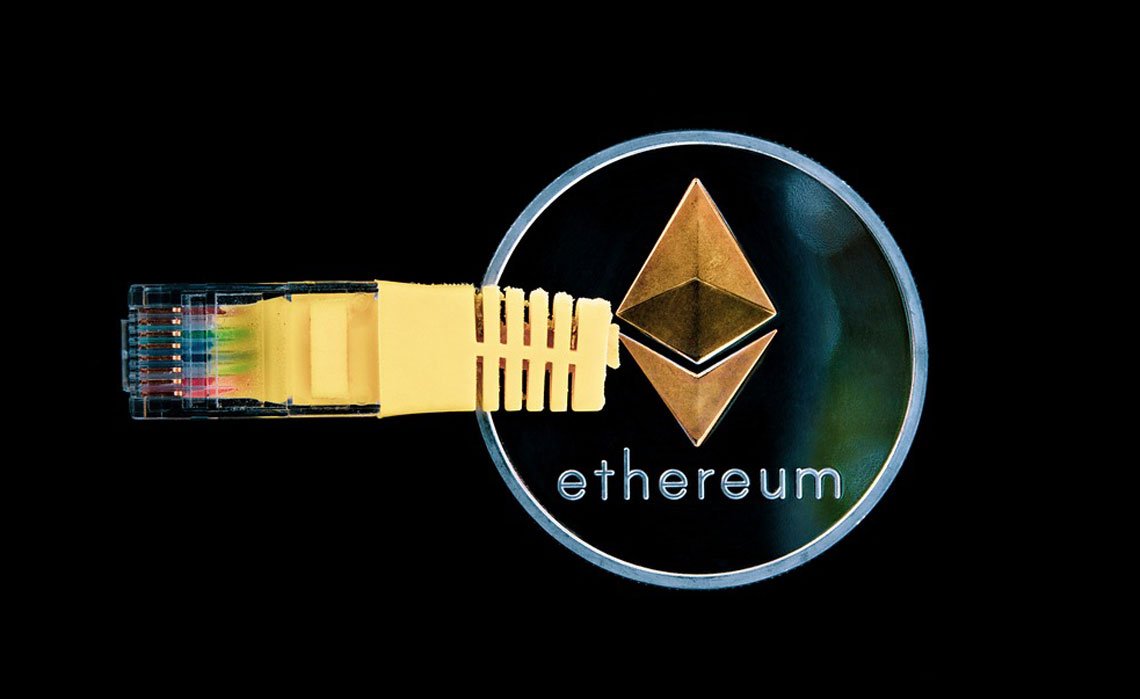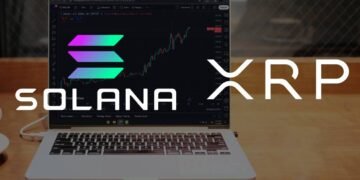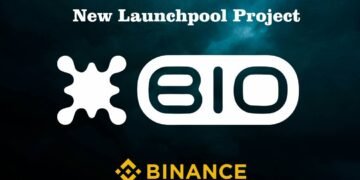The Ethereum Virtual Machine (EVM) is the core engine that keeps the Ethereum blockchain running smoothly. It’s a virtual computer that exists across thousands of decentralized nodes, ensuring everything works as intended—without any single entity in control. But what exactly is the EVM, and why is it so important?
The EVM is essentially a global computer that executes smart contracts on the Ethereum network. Smart contracts are self-executing pieces of code that run when specific conditions are met. Think of them as digital agreements that don’t require a middleman.
When someone submits a transaction or smart contract to the Ethereum network, it’s the EVM’s job to process it. It ensures that the code runs exactly as written, and it does this across all the nodes (computers) in the Ethereum network. This decentralized approach guarantees fairness and security, as no single entity can alter the results.
How Does the EVM Work?
At its core, the EVM keeps track of the current state of the Ethereum network and computes new states based on transactions and predefined rules. For example, if Alice sends 1 ETH to Bob, the EVM updates the state to reflect this change.
Smart contracts written for the Ethereum network are typically coded in a programming language called Solidity. These contracts are then compiled into bytecode, which the EVM can read and execute. Because the EVM is Turing complete, it can handle virtually any computation, allowing developers to create complex applications on the blockchain.

Why Is the EVM Important?
The EVM is the backbone of Ethereum’s decentralized applications (dApps). By ensuring code executes the same way on all nodes, the EVM provides a trustworthy and consistent environment for developers. This decentralized reliability is what makes Ethereum’s blockchain unique and valuable.
Another critical feature of the EVM is its gas system. Gas is the unit of computation within Ethereum. Users pay gas fees to execute transactions or smart contracts. This system prevents abuse, such as infinite loops, and ensures that resources are allocated efficiently across the network.
The influence of the EVM goes beyond the Ethereum network. Many other blockchains, such as Polygon, Avalanche, and Binance Smart Chain, are compatible with the EVM. This compatibility means developers can deploy the same smart contracts across multiple platforms, promoting interoperability and innovation.
Final Thoughts
The Ethereum Virtual Machine is a cornerstone of blockchain technology. It’s what makes Ethereum capable of running decentralized applications, facilitating trustless transactions, and enabling a wide array of blockchain solutions. Whether you’re a developer or just curious about blockchain, understanding the EVM is key to grasping how Ethereum’s ecosystem works.
In a world increasingly driven by decentralized technologies, the EVM stands as a testament to what’s possible when computation meets collaboration.





























